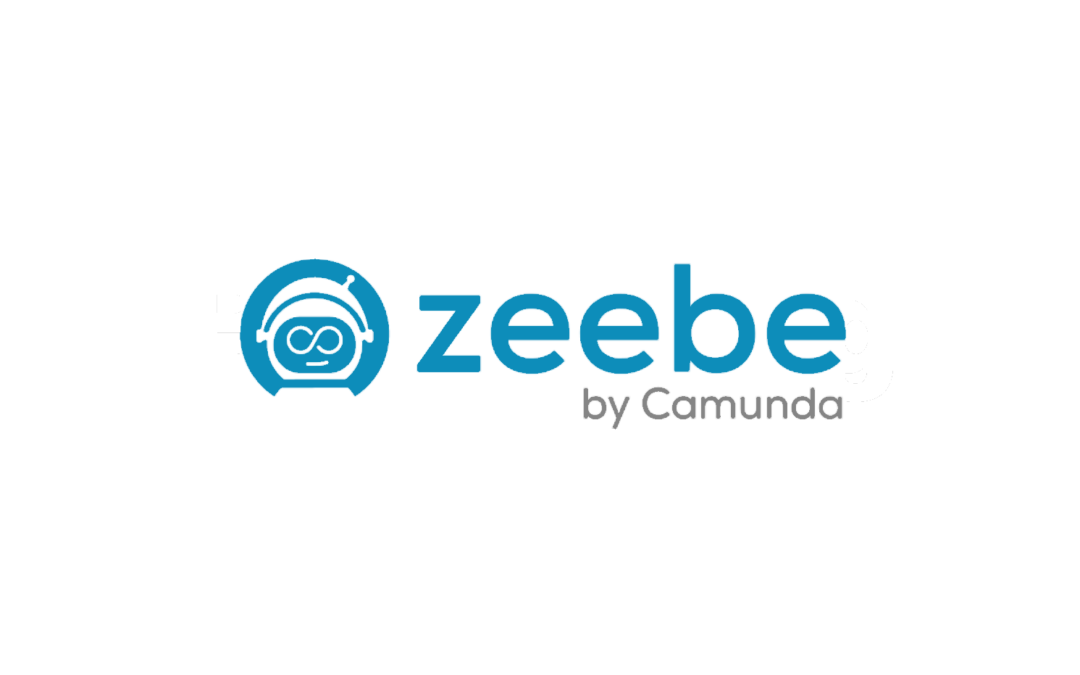In mid-2017, we started our work on Zeebe, a next-generation workflow engine that can scale to millions of new workflow instances started per second and is built with the microservices orchestration use case at top of mind. And we’ve seen Camunda users give in-depth presentations about how they’re using a workflow engine to orchestrate microservices in the real world.
What we were missing, though, was a broad-reaching set of data that described how members of the Camunda community as a whole were approaching their microservices architectures: the reasons they’re adopting or not adopting microservices, the supporting tools and frameworks they’re using to run their microservices, the benefits they’re reaping and challenges they’re encountering, and more.
Read more at Zeebe.io.
Related
Author Notes:
Jeffrey Henning
Jeffrey Henning, IPC is a professionally certified researcher and has personally conducted over 1,400 survey research projects. Jeffrey is a member of the Insights Association and the American Association of Public Opinion Researchers. In 2012, he was the inaugural winner of the MRA’s Impact award, which “recognizes an industry professional, team or organization that has demonstrated tremendous vision, leadership, and innovation, within the past year, that has led to advances in the marketing research profession.” In 2022, the Insights Association named him an IPC Laureate. Before founding Researchscape in 2012, Jeffrey co-founded Perseus Development Corporation in 1993, which introduced the first web-survey software, and Vovici in 2006, which pioneered the enterprise-feedback management category. A 35-year veteran of the research industry, he began his career as an industry analyst for an Inc. 500 research firm.
Related
